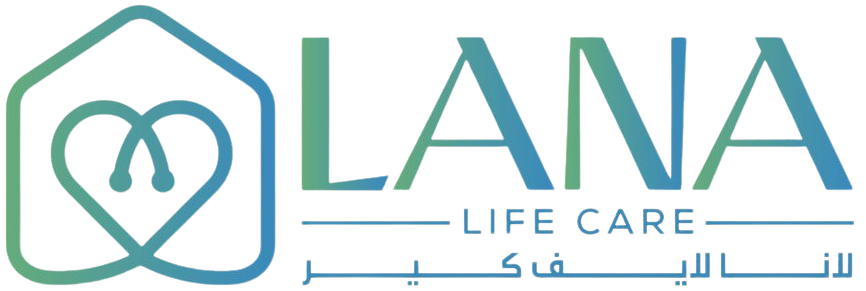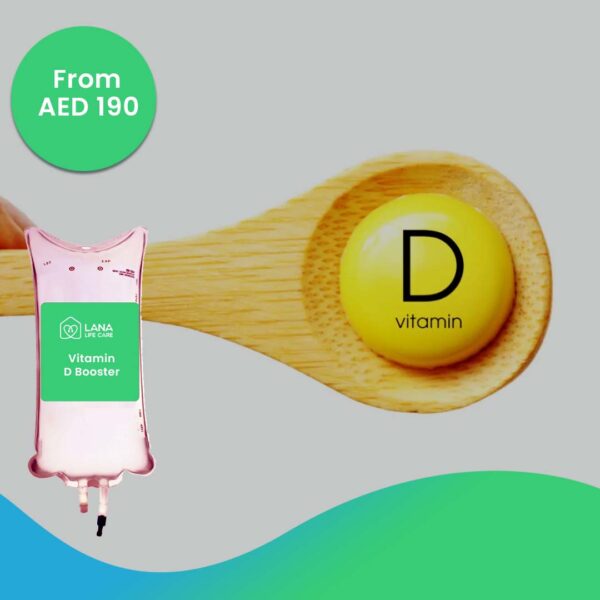Dry needling is a form of physical therapy used to help relieve muscle tension, pain, muscle spasms, and muscle dysfunction. This treatment is done by inserting fine needles into specific muscles or soft tissues. However, despite the name “dry” needling, the needles are not typically used to inject medications.
These needles are used to relax tissue contractions or release tension in muscles. Dry needling usually consists of several sessions and results may vary from person to person. This treatment is a physical therapy approach used to relieve pain, promote muscle relaxation, and reduce restrictions on movement.
What is Dry Needling?
Dry needling benefits is one of the new therapeutic methods used by physical therapy center specialists to treat certain conditions. Dry needling is somewhat similar to acupuncture in terms of shape, but technically there is a difference. Chinese acupuncture works on energy channels, while dry needling depends on identifying specific points in the muscles that are selected by a certified physical therapist.
7 of dry needling benefits
Dry needling has become a preferred treatment option for many muscular disorders for several reasons, so here are dry needling benefits:
- Provides relief from muscle stiffness and pain
- Helps treat sports injuries in athletes
- Helps treat headache problems
- Helps treat neck and back pain
- Since this method does not involve the use of medications, it greatly reduces the possibility of side effects or allergies.
- Its affect on the body extends for a long time.
- Suitable for getting rid of most of the pain that the patient suffers from.
Also Read: How to heal a sprained ankle overnight
Conditions Treated by Dry Needling in Dubai
Among dry needling benefits is that it is a method used to treat various muscle and soft tissue problems. This treatment can be applied to the following conditions:
- Muscle pain and muscle tension: Muscle pain, tension and muscle spasms can be relieved with dry needling. It is a popular option for muscle pain, especially in the neck, back, shoulder or waist areas.
- Sports injuries: among dry needling benefits that can be used to treat sports injuries that are common in athletes or active individuals. It can be particularly effective in treating tendonitis, muscle strains and sprains.
- Fibromyalgia: Fibromyalgia is a chronic pain syndrome that causes widespread aches and pain throughout the body. Dry needling can help relieve fibromyalgia symptoms.
- Headaches: Some types of headaches, especially tension headaches and migraines, can be treated with dry needling.
- Nerve compression: In cases of nerve compression, dry needling can be used to relax the muscles in the areas where the nerve is being compressed and relieve pain.
- Low back pain: Chronic lower back pain may be due to muscle tension or discs in the lower back. Dry needling can help relieve lower back pain.
- Tendonitis and bursitis: Inflammatory conditions such as tendinitis (inflammation of the tendons) and bursitis (inflammation of the bursa) can be treated with dry needling.
- Carpal tunnel syndrome: Nerve compression such as carpal tunnel syndrome can be treated with dry needling.
How does dry needling work?
In addition to dry needling benefits, dry needling is performed by professionals who have received special training in this area, this treatment is a method used to relieve muscle tension and pain and is individually planned. Here is some basic information about how the treatment is performed:
- Patient assessment: Before starting treatment, the specialist assesses the patient’s condition. During this assessment, the location, severity, and duration of the pain are determined.
- Treatment plan: As a result of the assessment, a treatment plan is developed. The muscles or areas to be treated and the needle techniques to be used are determined.
- Sanitary measures: Hygiene measures are taken to reduce the risk of infection during treatment. Needles are used in a sterile manner and the person applying the treatment wears gloves.
- Use of needles: The practitioner inserts special thin needles into the specific muscles or soft tissues. The needles are placed under the skin, in or near the muscle. The depth of needle insertion and the technique may vary depending on the treatment plan.
- Treatment sessions: Dry needling usually consists of a series of sessions. The time between sessions and the number of sessions may vary depending on the patient’s condition and response to treatment.
- Pain and relief: Inserting needles into the muscle can help reduce muscle tension, relieve pain, and help the muscle relax. The patient usually feels a slight sense of comfort during the treatment.
- Patient education: After the health care professional performs the treatment, the patient may be given exercises or care suggestions that he can do at home.
Also Read: benefits of home care services
What happens before a dry needling treatment?
Speaking about dry needling benefits, before undergoing dry needling treatment, the patient undergoes a complete medical examination to ensure that he is free of diseases before applying this type of treatment, as there are some diseases that prevent the use of this technique in treatment.
What happens during a dry needling treatment?
Physical therapists use acupuncture to treat trigger points. Dry needling is used to relieve muscle and tissue tension, increase blood flow, and reduce local and associated pain. The therapist uses solid, drug-free needles. That’s why the technique is called “dry needling.” Nothing is injected into the body. Trigger point injections are different. The injections contain drugs and are given by a doctor.
What happens after a dry needling procedure?
When it comes to dry needling benefits, here is a list of healthy practices that the patient is advised to follow after dry needling:
- Drinking plenty of water after treatment can help achieve good results. Drinking plenty of water reduces the likelihood of pain after treatment.
- Using a warm towel on the points undergoing treatment can reduce pain.
- Avoid cold treatments to reduce pain.
- Avoid physical stress for some time.
- Massaging these points may help reduce pain.
Also Read: Pelvic floor physical therapy
The Pros and Cons of Dry Needling
Dry needling helps get rid of bone and nerve pain and headaches that accompany the patient, and its effect lasts for a long time. On the contrary, there are some dry needling side effects, including:
– Pain during or after the puncture.
– Bleeding at the site of needle insertion.
– Fainting.
– Feeling tired.
– Skin bruises.
How long do the effects last?
The duration of improvement from dry needling varies greatly from person to person; Some people see immediate and lasting results after a single treatment, while others require multiple treatments to maintain the effect. Improvement usually lasts from a few days to several weeks. Despite the many dry needling benefits, some people wonder Why is dry needling illegal?
Who shouldn’t get dry needling treatments?
In the world of therapy, there are what are known as “contraindications,” which to professionals means that patients should receive other treatments. Dry needling treats many things, such as scar tissue, but people with some of these problems and conditions should consider many of our other services. Fear of needles Muscles undergoing anticoagulant therapy Areas with lymphedema Abnormal bleeding Vascular disease Diabetes Epilepsy Childhood
Also Read: Types of Wound Dressing
Dry Needling Therapy at home
Choosing Lana Life Care for Home Health Care Services In Dubai is more than just a convenience. It is an option to create a healing environment in the privacy of your own space. So for pain relief, try dry needling at home:
- Customized Sessions: Tailored to your specific pain points and healing needs.
- Free Rest: Post-treatment relaxation is essential and there is no better place to relax than at home.
- Adaptability: Treatment tailored to your home environment and lifestyle.
Conclusion
Dry needling is a treatment used by healthcare providers to treat pain and movement problems associated with myofascial trigger points. Using this technique, a health care provider inserts a thin needle into or near a trigger point. The needles stimulate the muscles, causing them to contract and spasm. This relieves pain and improves range of motion. In addition, there are many dry needling benefits.
FAQ
Does dry needling hur
The patient feels pain during and after undergoing acupuncture treatment, which is very normal.
Is dry needle therapy safe
Yes, acupuncture is very safe.
What is a “TRIGGER POINT”
It is the location of the pain or the point of pain that causes complications for the patient
Are there side effects from dry needling
The use of acupuncture treatment may result in some complications, including feeling pain
Why is dry needling illegal
Acupuncture treatment is considered illegal in some countries, as it requires special practices to be applied well.




